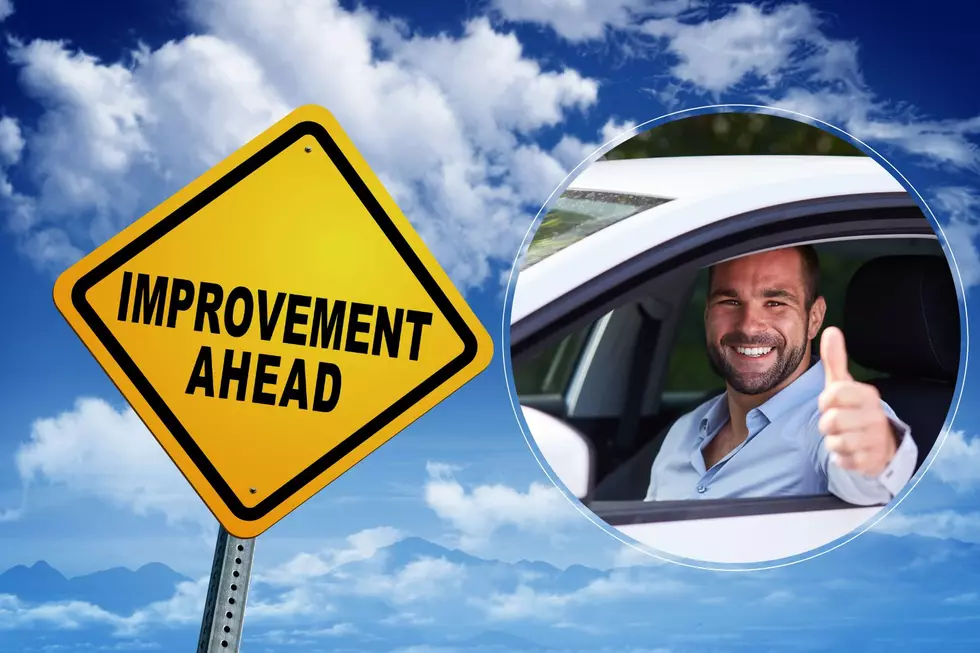
LOOK: How Road Conditions in Oklahoma Have Improved Since 2000
The United States boasts an impressive interstate network of 4.2 million miles of roads—but underlying that reputation is a backlog of $786 billion in needed repairs, according to the American Society of Civil Engineers. On average, the society estimates, American motorists spend a collective $130 billion on extra vehicle repairs and fuel costs as a result of driving on poor-quality roads and bridges.

In 2000, 82.6% of U.S. roads were considered acceptable to drive on, according to federal standards, which look at how rough or smooth a road surface is based on how much vibration a car's suspension has to absorb while driving on it. By 2020, a smaller share—81%—of U.S. roads were rated acceptable.
TruckInfo.net used Bureau of Transportation Statistics data to analyze how road conditions in Oklahoma have changed over the past two decades, as part of a larger analysis of U.S. road conditions. The analysis considers the change in the share of roads considered to be in acceptable condition.
Oklahoma has had the second-greatest improvement in road conditions of all states. In 2000, 68.2% of roads were in acceptable condition. That percentage has since surged to 93.65% in 2020. The Oklahoma Department of Transportation is currently one year into an eight-year effort to spend $8 billion on highways.
Road condition is determined by the International Roughness Index, which measures deviations from pavement surfaces significant enough to affect driving. Roads with IRI values below 170 are considered to be in acceptable condition, while anything above 170 is considered poor condition. Data represents the percentage point change from 2000 to 2020.
LOOK: How Road Conditions in Oklahoma Have Improved Since 2000
Gallery Credit: Stacker
More From TheFW





